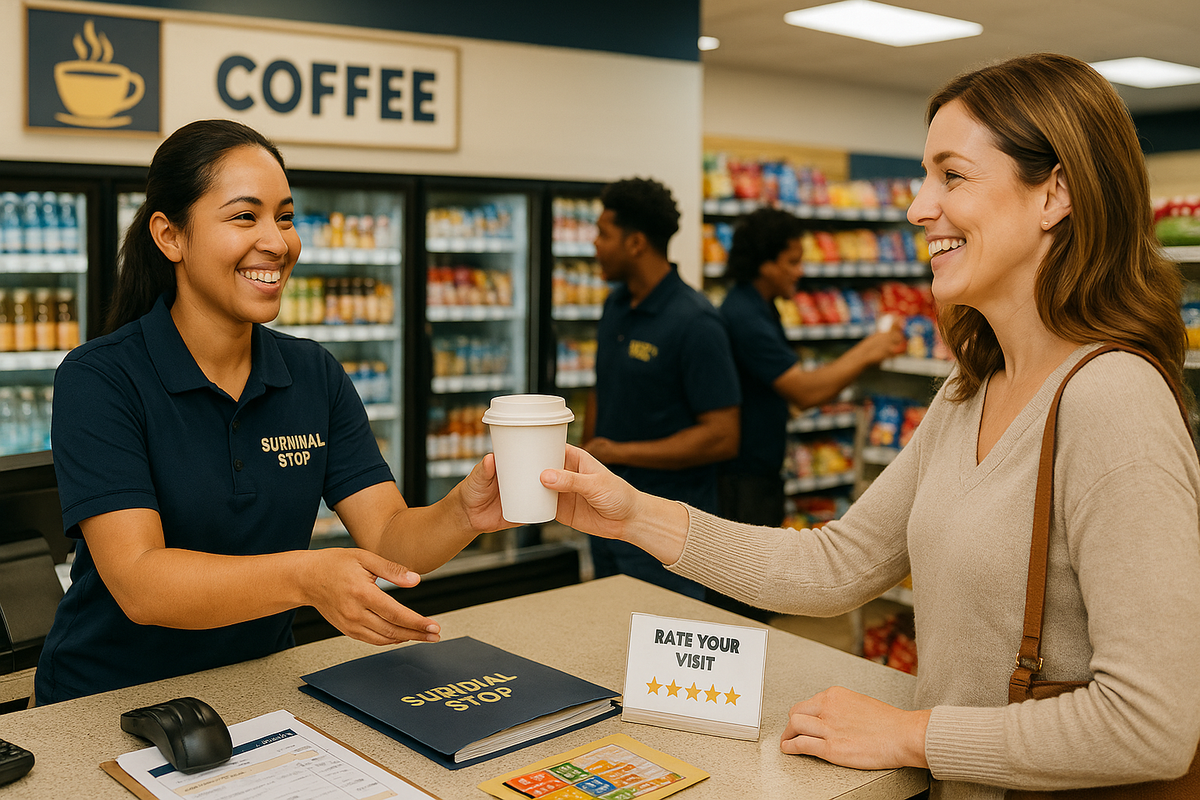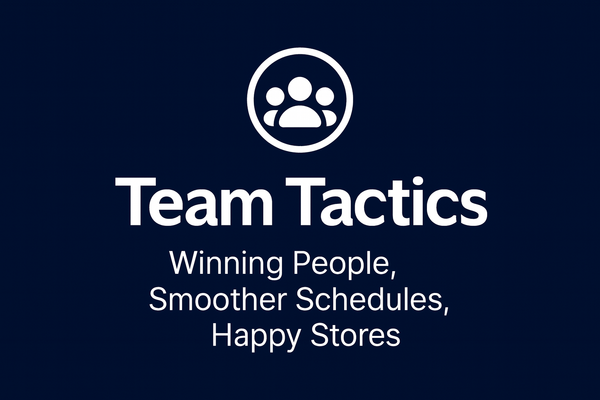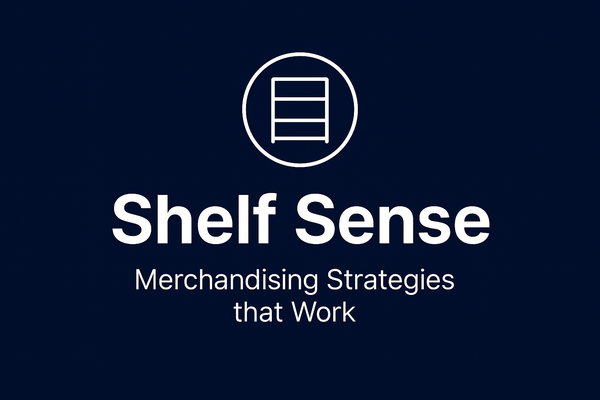How to Improve Customer Experience in Convenience Stores
Create consistent customer experiences across stores through clear service expectations, modeling behavior, tracking metrics & coaching empathy.

Every store has regulars — the customers who grab coffee every morning or swing by for gas and a snack after work. What keeps them coming back isn’t just location or pricing. It’s the experience.
For district managers, improving customer experience means more than saying “be friendlier.” It’s about creating consistency across every store so that no matter where a customer stops, they feel the same level of service, cleanliness, and care.
Why Customer Experience Defines District Success
A great experience builds loyalty and drives repeat visits. A poor one sends customers to competitors. When you manage multiple stores, your goal is to make sure great experiences aren’t the exception — they’re the standard.
💭 What District Managers Are Thinking
- “I can’t be everywhere at once, but customers expect every store to feel the same.”
- “One bad store experience ruins the reputation of the whole district.”
- “How do I get managers to see the customer’s perspective, not just operational tasks?”
Step 1: Set Clear Service Expectations
Customers should always know what kind of experience to expect. Define non-negotiables: greet every customer, maintain spotless restrooms, and make sure shelves are full and organized.
💭 “Managers say they already know this — but the execution doesn’t always show it.”
Step 2: Model Great Service
District managers set the tone. When visiting stores, model how to engage customers, thank them by name, and correct small details (like clutter at the counter). Managers follow what they see more than what they hear.
💭 “If I expect high standards, I need to demonstrate them every time I visit.”
Step 3: Measure and Track Experience
Use tools like mystery shops, feedback surveys, or Google reviews to gauge performance. Track metrics like friendliness, speed, and cleanliness. Review results with managers and celebrate top performers.
💭 “Data helps, but I need to make it actionable — not just another report.”
Step 4: Coach Managers on Empathy and Ownership
Train managers to see service through the customer’s eyes. Have them walk the store as if they were a customer. Ask questions like, “Would you want to buy coffee from this counter?” Coaching empathy builds stronger ownership.
💭 “Some managers are task-driven — empathy isn’t natural for them.”
Step 5: Reinforce and Recognize
Recognize stores that consistently deliver great service. A simple shoutout in a district meeting or small reward can go a long way. Make customer experience part of every manager evaluation, not just sales results.
💭 “Recognition sticks longer than reprimands — and sets the right example.”
The Bottom Line
Improving customer experience across your district isn’t about perfection. It’s about creating predictable excellence — where every customer feels valued, and every manager knows how to deliver that experience. Districts that master this don’t just increase satisfaction; they build loyalty that competitors can’t touch.
🧑🏫 One-Line Manager Tip
"Customer experience improves most when expectations are clear, modeled, and recognized — not just mentioned in meetings."





